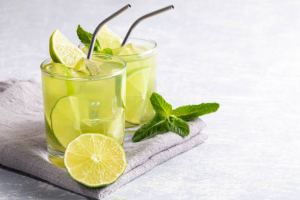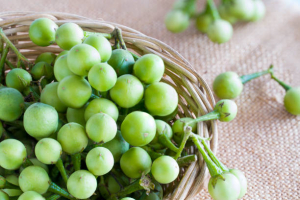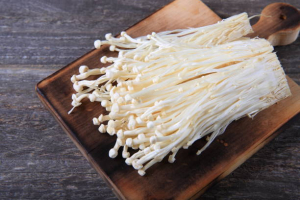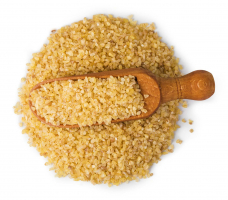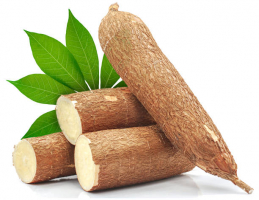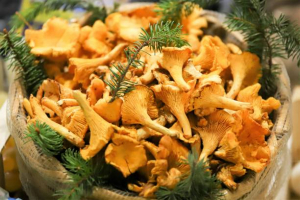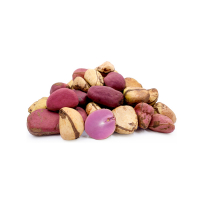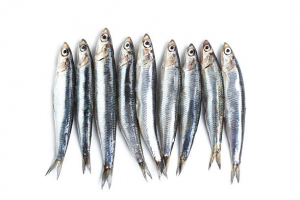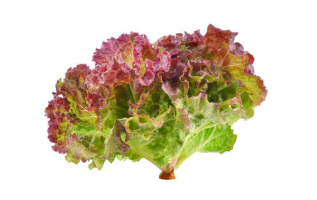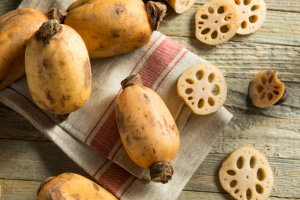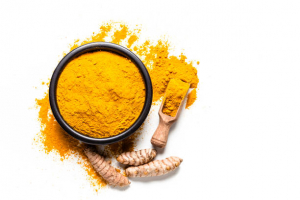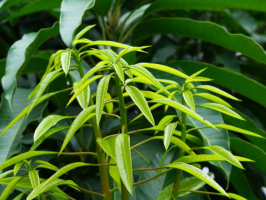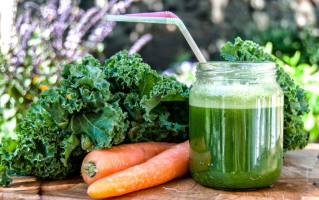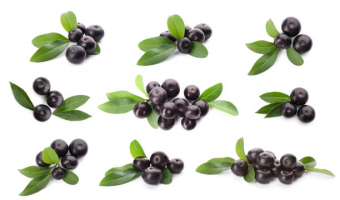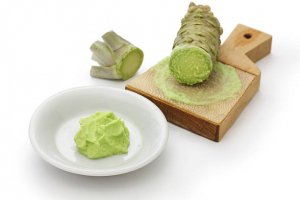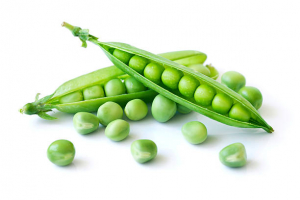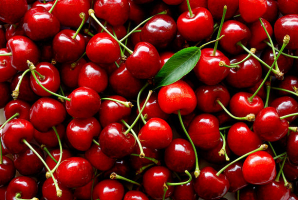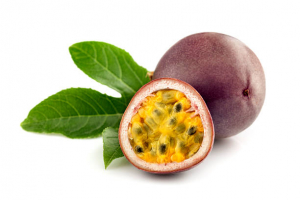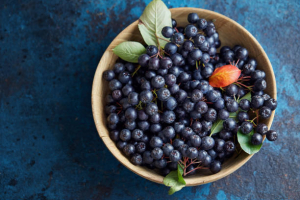Top 11 Edible Flowers With Potential Health Benefits
Although floral centerpieces at the dinner table are a traditional and time-honored practice, flowers occasionally appear on your food as well. There are ... read more...edible flowers on menus all around the world and they are utilized in many different types of cuisine. While not all flowers are edible, those that are may provide a distinctive burst of taste and color to a variety of foods, including salads, sauces, drinks, and entrees. Even some of them could have health advantages. Here are the best edible flowers that may be good for you.
-
Hibiscus plants are often found in tropical and subtropical regions of the world, where they produce big, elaborate flowers. There are hundreds of different hibiscus species, but the roselle or Hibiscus sabdariffa is the most often consumed edible form. Hibiscus blossoms come in a variety of hues, including red, white, yellow, and various shades of pink, and can go as big as 6 inches (15 cm) in diameter. Hibiscus is popular for its culinary and medicinal uses while occasionally being produced only for decorative purposes. Although the blossom can be consumed directly from the plant, it is most frequently used in tea, relishes, jams, and salads. Hibiscus tea is popular across the world due to its therapeutic benefits.
A greater understanding of how hibiscus might promote heart health will require additional research, although some studies suggest that it may help lower blood pressure and cholesterol levels. The tea has a vivid crimson color and a tangy, slightly sour flavor. It may be served hot, but on a hot summer day, ice makes it very cool.
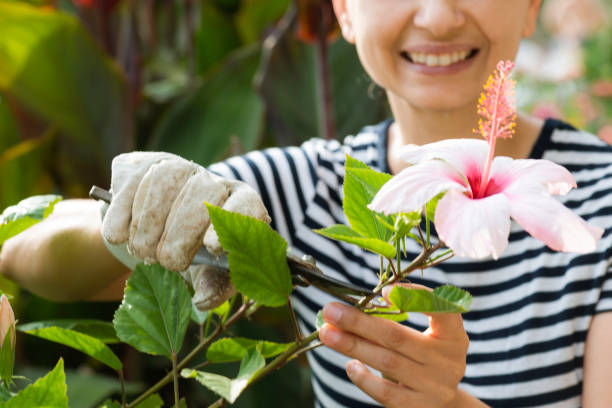
Hibiscus 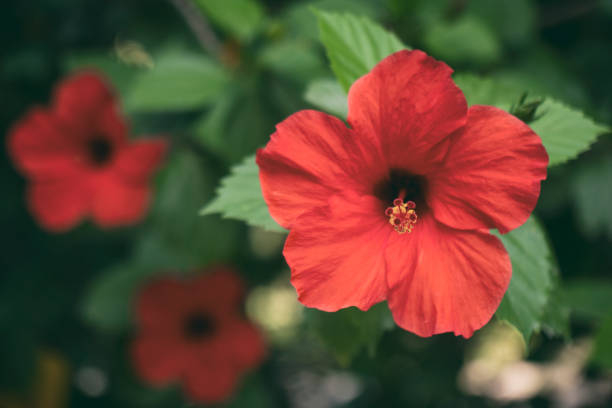
Hibiscus -
The best-known use of dandelions is as obstinate garden weeds. However, they also serve as an extremely nutrient-dense edible flower. Dandelions have tiny, bright-yellow flowers that are around 1-1.5 inches (2-4 cm) in diameter. They provide a variety of plant substances that are known to have potent antioxidant capabilities. It's interesting to note that dandelion leaves may also be consumed. In actuality, the roots, stems, and leaves of this supposedly undesirable plant are all edible.
There are countless ways to prepare and consume dandelion. The blooms can be consumed raw by themselves or when added to a salad. They can be cooked in bread crumbs, used to produce jelly, or turned into wine. The greens can be eaten fresh as a salad or as a sandwich topper, while the roots are frequently steeped to produce tea. They may also be prepared in dishes that call for robust greens, such as stews and casseroles.
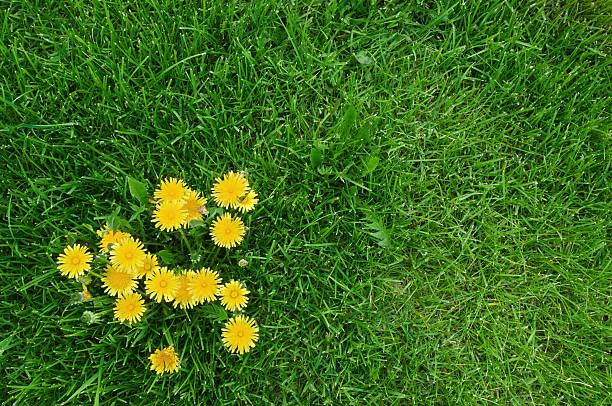
Dandelion 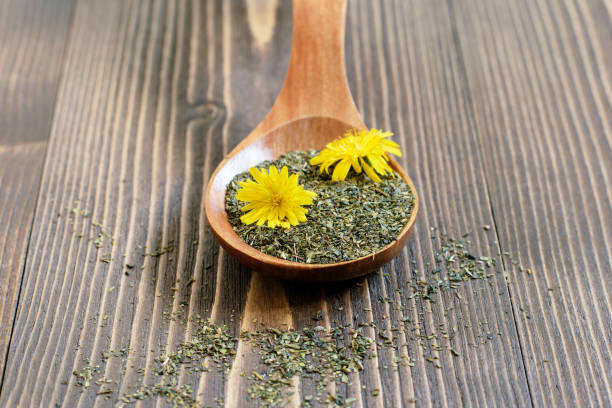
Dandelion -
Originally planted in portions of northern Africa and the Mediterranean, lavender is a woody, flowery herb. Although tiny, violet blossoms are abundant. The most well-known attribute of lavender is arguably its characteristic scent, which is prized for its relaxing properties. Lavender is a very enticing addition to a range of meals, including baked products, infused syrups, liqueurs, herbal teas, dry spice rubs, and herb mixes because of its color and scent.
Citrus, berries, rosemary, sage, thyme, and chocolate are some of the elements that go well with its flavor. It also goes well with savory dishes. It's recommended to start with a tiny quantity of lavender while cooking and increase it gradually until you have the flavor you want because it can easily become overwhelming.
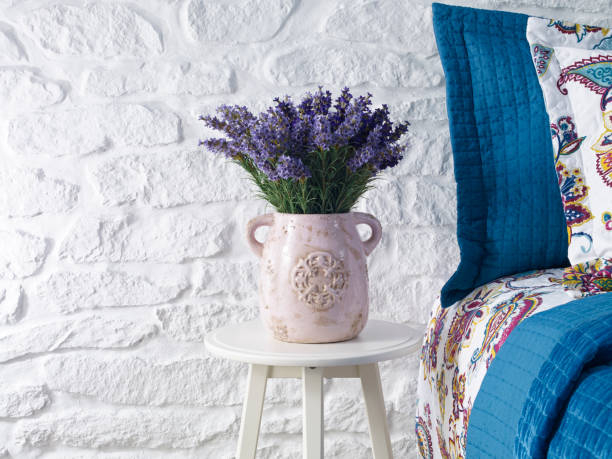
Lavender 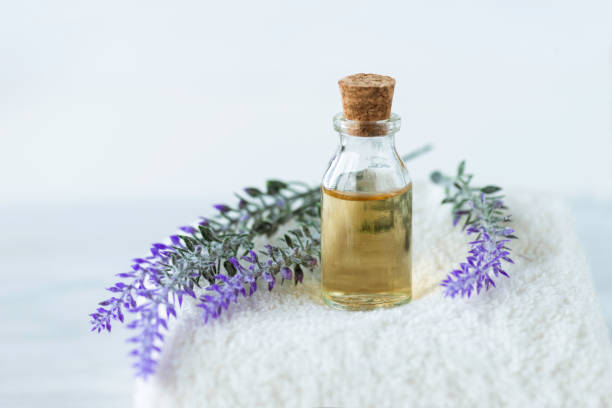
Lavender -
There are around 200 kinds of honeysuckle, although the Japanese and woodbine types are the most widespread. The aromatic blooms, which are usually white or light yellow, contain nectar that may be consumed right off the flower. For millennia, the use of honeysuckle has been essential in traditional Chinese medicine. For the treatment of a variety of inflammatory disorders, the flowers' extracts are taken orally or topically applied to the skin. Its effectiveness as a human medicine remedy, however, has not been demonstrated scientifically.
The most popular uses for honeysuckle in the culinary world are to produce tea or a fragrant, tasty syrup. The syrup may be used as a sugar substitute in fast bread recipes as well as to sweeten iced tea, lemonade, yogurt, and sorbet. Although the honeysuckle flower and its nectar are completely safe to consume, be aware that some of the berries might be poisonous if consumed in excessive numbers.
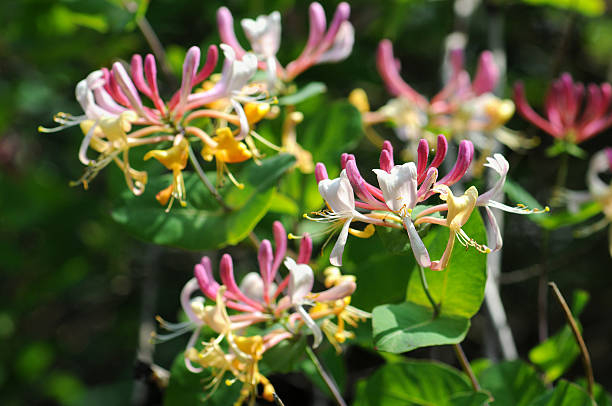
Honeysuckle 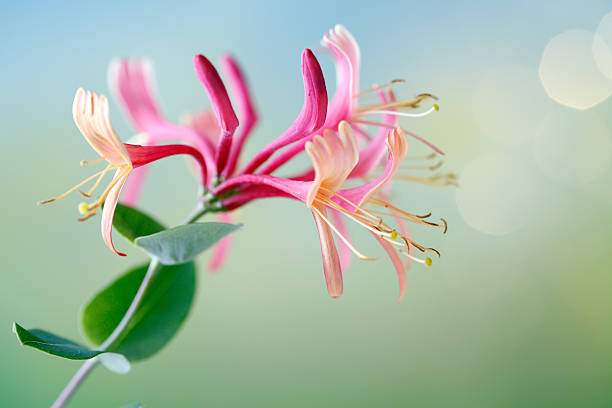
Honeysuckle -
Because of its vibrantly colored flowers and a distinctive, savory flavor, nasturtium is a darling in the culinary world. The nasturtium plant has edible leaves and blossoms that may be eaten fresh or cooked. Despite the fact that the blooms themselves are gentler than the leaves, they have a peppery, somewhat spicy taste character. Bright orange, red, or yellow is the most common colors of the funnel-shaped blooms. They are a lovely addition as a garnish for salads, desserts, and pastries.
The spherical leaves resemble tiny lily pads. They are delicate enough to be used in pesto or utilized as salad greens. Nasturtium is a versatile and attractive ingredient that is also healthy, as it contains a number of minerals and chemicals that have antioxidant and anti-inflammatory properties
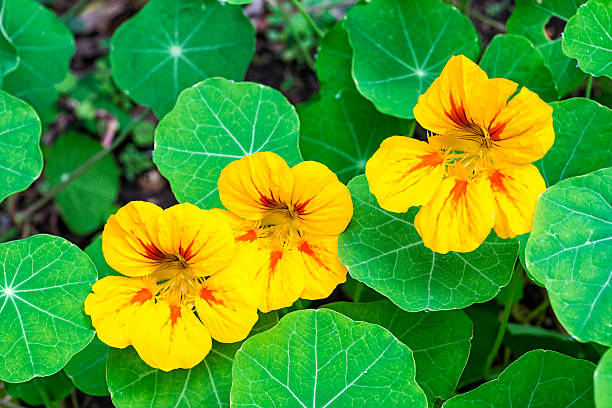
Nasturtium 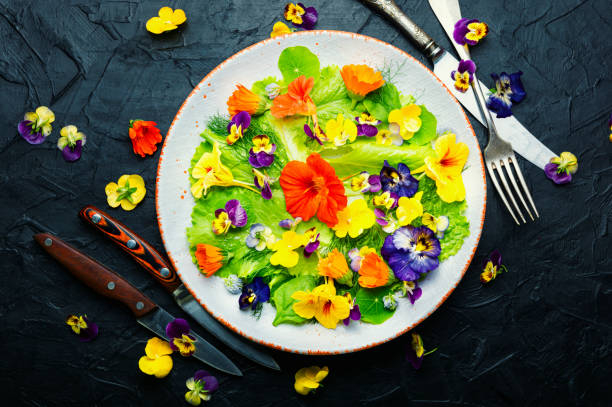
Nasturtium -
Borage, often known as starflower, is a plant that blossoms with small, star-like blooms. The flowers can also be white or pink but are often blue. Borage is a common herbal remedy for treating mild illnesses like a cough or sore throat. However, there is little human research to back up its effectiveness as a medicinal treatment.
Borage may be used in a variety of ways in cooking since both the blooms and the leaves are tasty. The taste of the blossoms is frequently described as being mildly sweet and tasting like cucumber and honey. The blossoms can be cooked and used in soups, sauces, or filled pasta dishes. They can also be eaten fresh in a salad or as a garnish for desserts and drinks. Additionally, you may serve borage as a side dish of only vegetables.
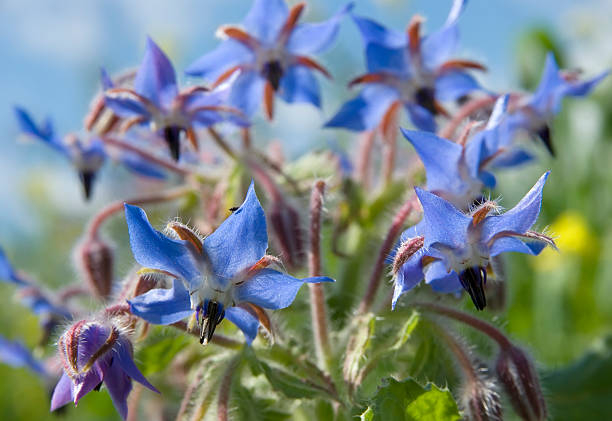
Borage 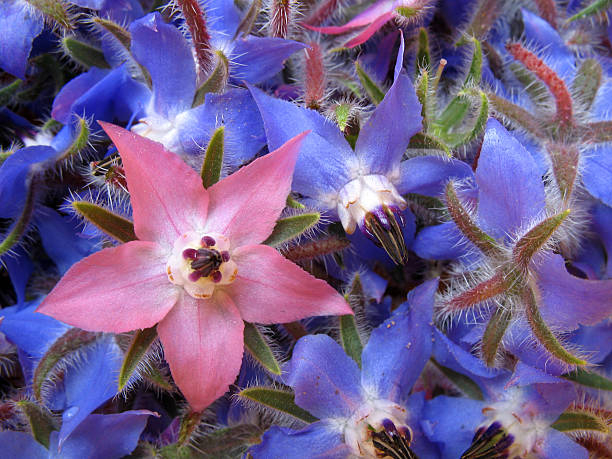
Borage -
The succulent plant known as purslane has thick, fleshy leaves and small, golden blooms that are both delicious and may be consumed either cooked or uncooked. In the past, purslane was viewed as little more than a garden weed. But because of its high nutritious content, demand for this little plant has suddenly risen.
Although it is chock-full of vitamins, minerals, and antioxidants, omega-3 fats are its main nutritional claim to fame. Actually, more omega-3s are present in purslane than in practically any other vegetable of its sort. Purslane blossoms and leaves may be used raw in a variety of salads and sandwiches. As a side dish or addition to your preferred soups, they may also be sautéed or boiled with other vegetables. You may even think of frying and battering this plant.
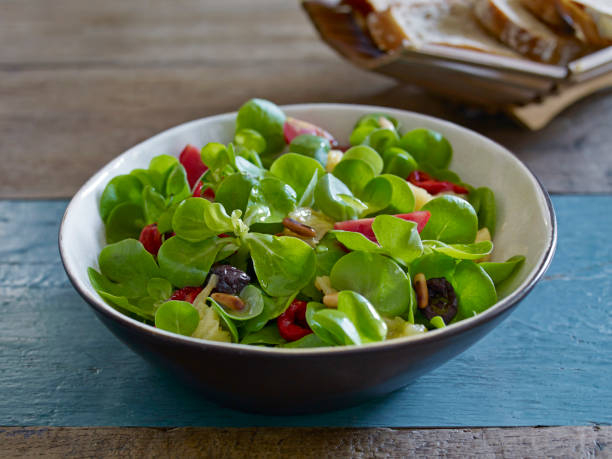
Purslane 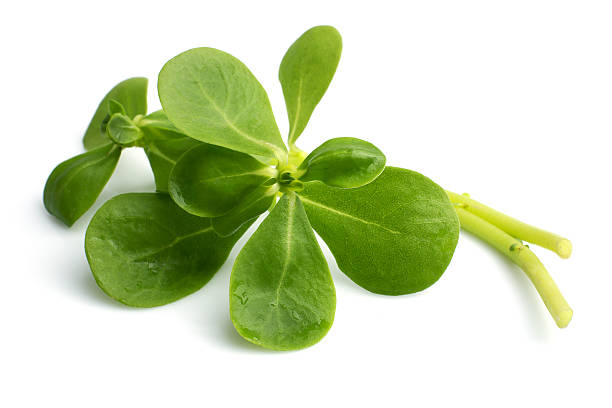
Purslane -
There are more than 150 types of roses that come in practically every size and color conceivable. The fact that they are all edible is the finest part. But not every rose has the same flavor. When selecting a tasty rose, a decent rule of thumb is to assume that it will taste well if it smells nice. However, only consume the petals as the leaves and stems are not particularly appetizing as a snack. The flavor of rose petals is highly fragrant, flowery, and just a little bit sweet. They can be added dry to cereal or mixed herbs, eaten raw, or combined with other fruits or green salads.
Rose-infused drinks, jams, and jellies can be made by muddling fresh rose petals and adding them to liquid. Butter or sugar that has been mixed with chopped rose petals adds a special zest to otherwise regular components. Roses may provide health advantages, much like many other edible flowers. According to certain studies, some chemicals found in roses may contribute to relaxation and anxiety reduction.
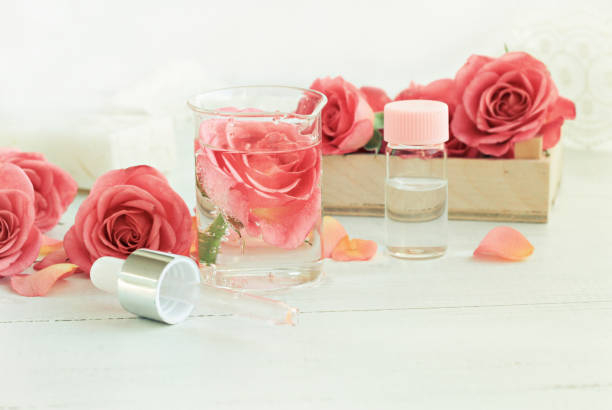
Rose 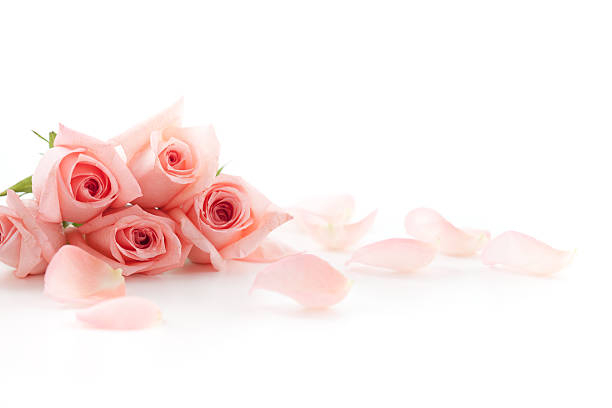
Rose -
The exquisite blooms of summer squash are certainly familiar to you if you've ever grown them in your yard. You might not be aware, though, that the squash's blooms are also tasty. Although many varieties of summer squash can develop these flowers, zucchini is the most common. Bright yellow zucchini blossoms have a long, rounded bell form. These blooms may be cut and added to salads or eaten raw as a garnish. Another great choice, if you're in the mood for something decadent, is to load the blooms with herbed cheeses and fry or bake them until the delicate petals are crispy.
If you want to eat the blossoms, you don't have to sacrifice your squash crop. Stick to consuming the male flowers to ensure a complete harvest since only the female blooms can develop into squash. The male blooms are often found on the plant's outer margins and have a long, slender stalk. Female flowers often develop nearer to the center of the plant, and they have a tiny, bulbous fruit at the point where the stem and the base of the flower meeting.
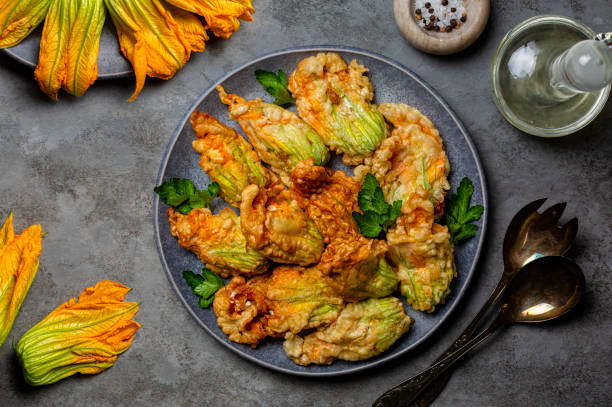
Squash blossom 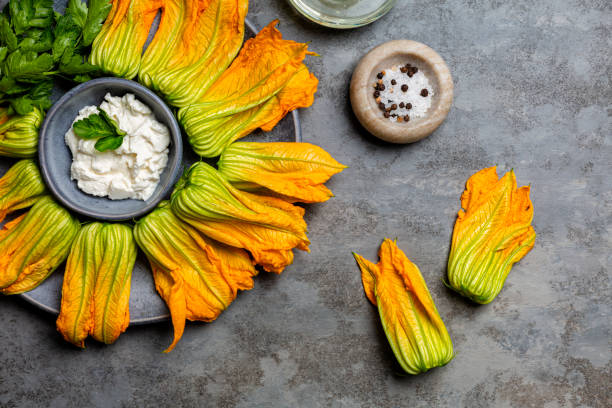
Squash blossom -
Pansies are also highly aesthetically pleasing when eaten. Small blooms, typically 2-3 inches (5-8 cm) in diameter, are characteristic of pansies. They come in a variety of colors, but the most prevalent ones are purple, blue, and yellow. They feature five petals that overlap one another, and in the middle is a black spot that resembles an ink stain. Pansies typically taste mild, fresh, and barely flowery, however, there can be some flavor variance depending on the variety. Pansies are a wonderful ornamental accent to delicacies like pastries, cakes, and cookies since they come in such a wide range of color variants. Before including the petals in your meal, candy them for an added touch of flare.
Pansies may be coarsely diced and added to a straightforward green salad for a splash of color and texture for easier preparation. In addition to being an interesting addition to food, pansies are a rich source of numerous strong plant chemicals that are known to have anti-inflammatory and antioxidant qualities.
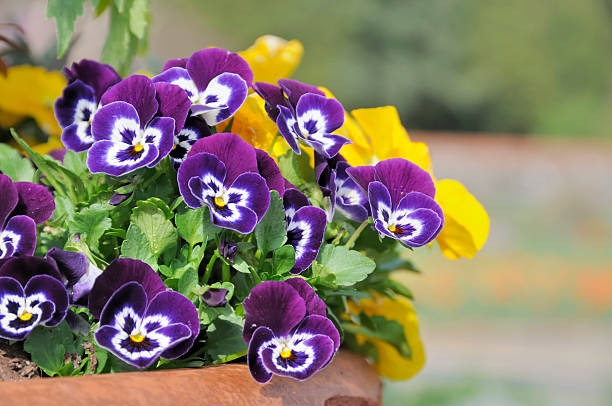
Pansy 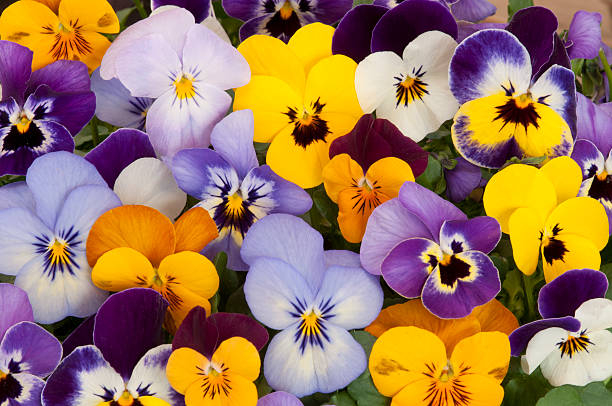
Pansy -
The flowering plant chamomile has long been utilized in traditional medicine and cookery. In medicine, chamomile is frequently used to ease anxiety and enhance sleep. Despite being considerably smaller, the blooms resemble daisies very strongly. The dishes they are cooked with have a mildly sweet, earthy taste.
In order to extract the tastes and medicinal chemicals from the flowers, most recipes ask for boiling the flowers in a liquid. Although they can be utilized fresh, the leaves and blooms are typically first dried. The blooms can be used to produce syrups or other infusions for baked goods, smoothies, or desserts in addition to chamomile tea, which is the most common use for them.
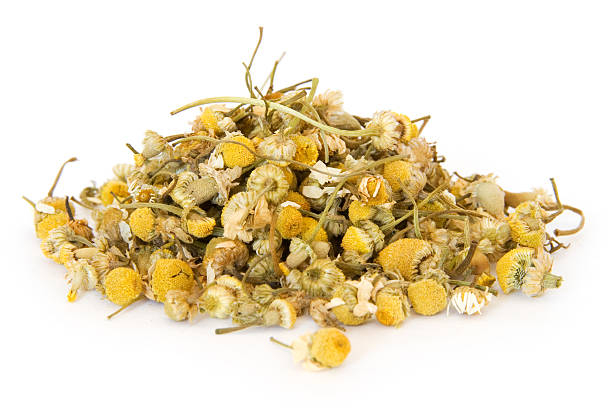
Chamomile 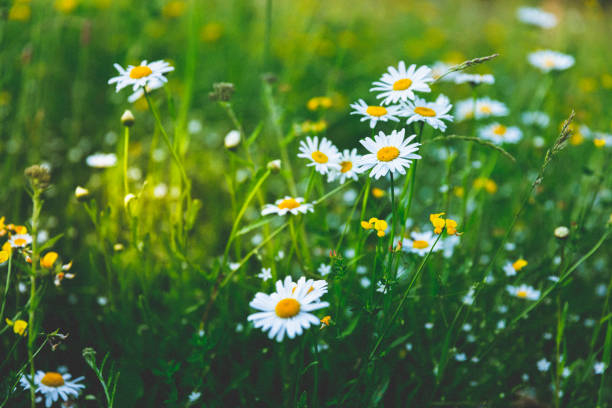
Chamomile













